Mulberry is a familiar tree in our country, commonly grown for its leaves and fruit.
Mulberry leaves are used for paper making, silkworm rearing, food and medicinal purposes. Mulberry fruit is known as a cooling fruit.
This tree, which was thought to be grown only for its fruit and leaves, has unexpectedly become a bonsai masterpiece. Artists have transformed mulberry trees into unique and eye-catching bonsai.
Mulberry bonsai pots with many unique and strange shapes are becoming a sought-after ornamental plant in recent years because they are new and strange.
Mr. Tuan Long (29 years old) told VTC News that he bought 2 bonsai mulberry trees for 12 million VND each. According to Mr. Long, the red color of the mulberry fruit makes him feel lucky and prosperous, so he bought them to place in front of the living room and balcony.
Nguyen Duy Tan (32 years old, Pleiku City) shared that this type of tree attracted him because of its uniqueness. "The person who made it is very creative in shaping and creating branches and trunks. Buying a finished mulberry bonsai will make it easier to take care of," said Tan.
Mulberry bonsai hobby shows the diversity in the world of ornamental plants. Mulberry tree with flexible and easy to bend trunk is chosen by many people to create bonsai shape.
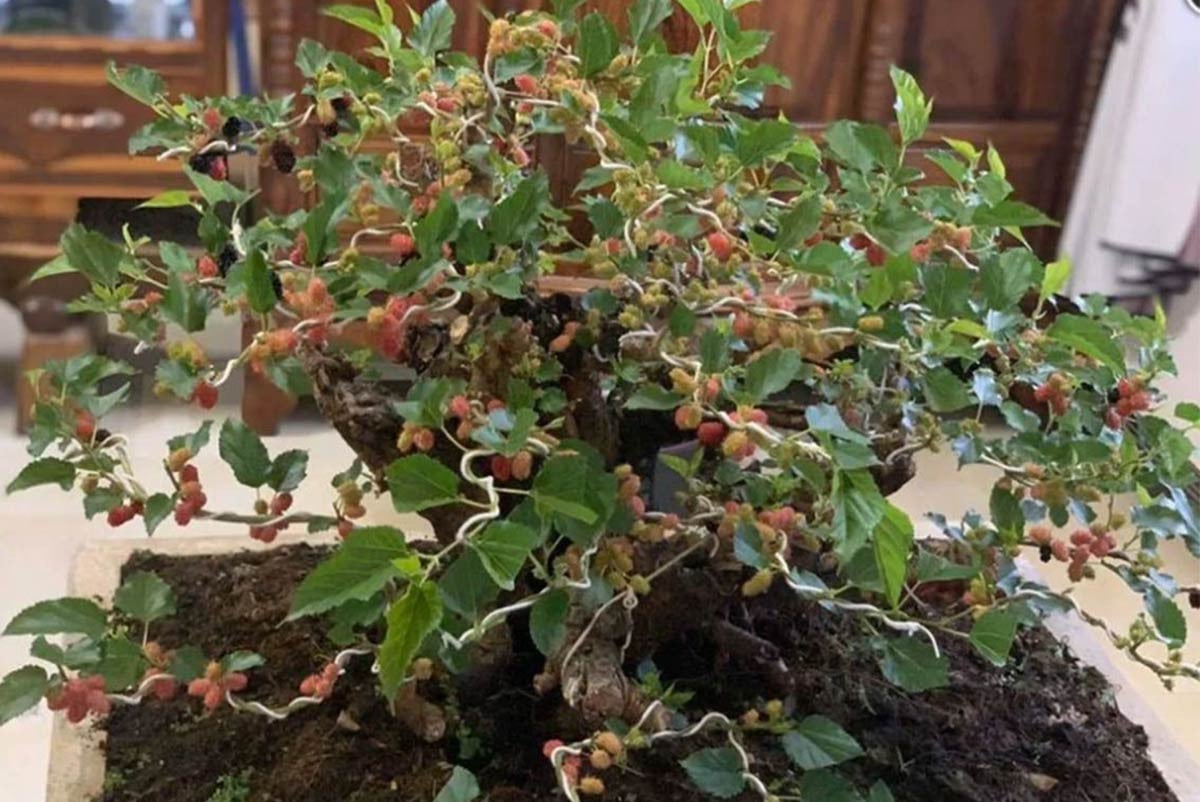
On average, each small mulberry bonsai pot costs from 250,000 VND to 5 million VND. Large mulberry bonsai pots can cost up to 25-31 million VND, depending on the shape.
In addition to being sold, bonsai mulberry trees are also rented out by traders for prices ranging from 500,000 VND to 4 million VND per tree.
Mulberry trees are very easy to grow as bonsai. Growers only need to spend a little time taking care of them and can earn millions with this type of tree.
Mr. Tran Van Quy (residing in Tay Son ward, Pleiku city, Gia Lai province) is one of the famous mulberry bonsai "players" in the mountainous town of Pleiku. According to VTC News, the number of mulberry bonsai that Mr. Quy owns is up to more than 200 trees.
Mr. Quy said that mulberry trees with large roots, old branches and lots of fruit will have higher value. In addition, trees with beautiful roots or strange shapes will be sought after by many people.
Mulberry trees usually bear fruit twice a year, each lasting two months. The ripe red mulberries grow from the tree trunk and are very valuable to bonsai enthusiasts.
Thanh Nien Newspaper reported that Mr. Le Hoang Nam (28 years old, office worker in Go Vap District, Ho Chi Minh City) also owns more than 30 large and small mulberry bonsai trees.
Mr. Nam said that he started growing ornamental mulberry trees in 2018. This type of tree is easy to care for and produces a lot of fruit when used as bonsai. Every month, he sells a few dozen trees and embryos.
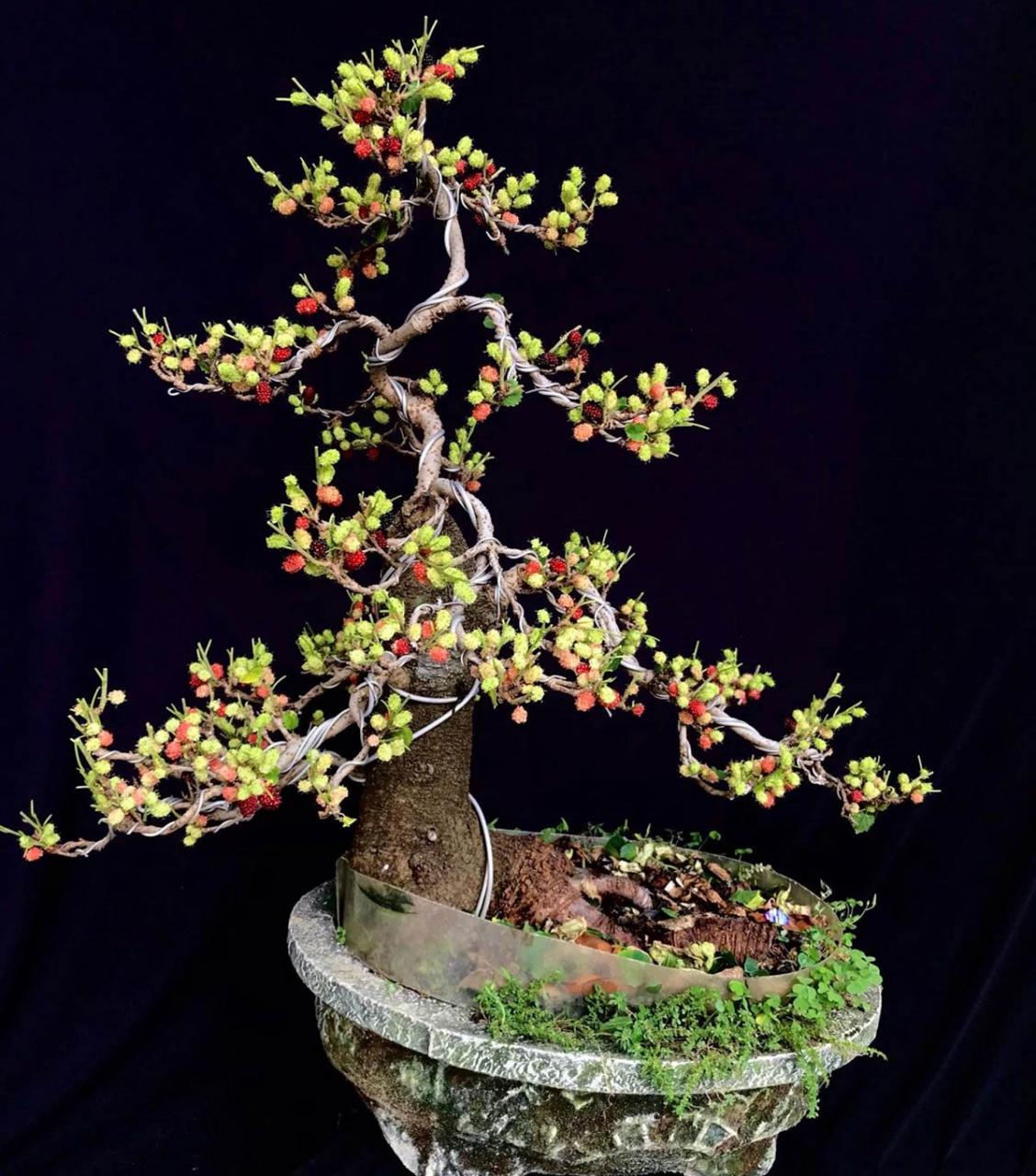
According to Mr. Nam, mulberry trees with high economic value often have large roots, old branches and produce many fruits. In addition, trees with beautiful roots or strange shapes are even more valuable.
Mr. Nam said that to make mulberry bonsai, he chooses the beautiful branches according to his wishes, then cuts the branches, then lets the tree root and grow for about a year, then selects the beautiful embryos to put in pots for decoration. Mulberry is a fruit tree so it needs a lot of sunlight and nutrients. Therefore, the soil ball must be large. If you play bonsai, you must put the soil ball in a larger pot so that the roots can grow down enough for the tree to produce many, firm and beautiful fruits.
Meanwhile, Mr. Nguyen Van Tiep (30 years old, living in Duong Ke village, Tran Phu commune, Chuong My district, Hanoi) is also earning millions of dong thanks to growing mulberry bonsai.
In 2016, he started learning about and growing mulberry trees and now owns more than 10 ornamental mulberry trees, with an average price of 500,000 VND to 5 million VND per tree.
According to Mr. Tiep, mulberry trees usually bloom in February and March and bear fruit in April and May. Other seasons are off-season, with only a few fruits, not as many as in the main season.
If you want the mulberry tree to always be beautiful, after harvesting, you should trim the canopy to make it neat. Doing so will make the canopy grow more branches. And the more branches, the more fruit the tree will produce. For the tree to be sold on the market with high value, it must have a beautiful shape and not be rotten.
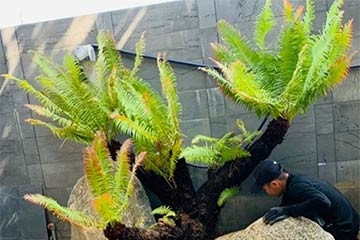
Source


![[Photo] Third meeting of the Organizing Subcommittee serving the 14th National Party Congress](https://vstatic.vietnam.vn/vietnam/resource/IMAGE/2025/4/2/3f342a185e714df58aad8c0fc08e4af2)
![[Photo] General Secretary To Lam receives Russian Ambassador to Vietnam](https://vstatic.vietnam.vn/vietnam/resource/IMAGE/2025/4/2/b486192404d54058b15165174ea36c4e)




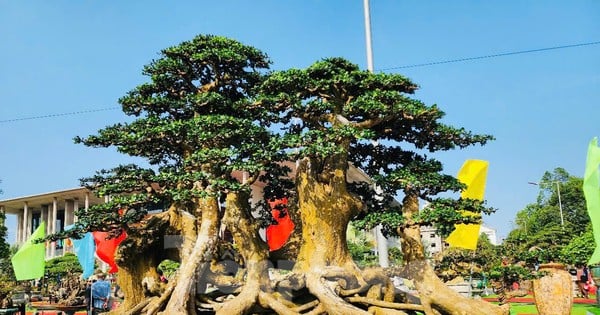

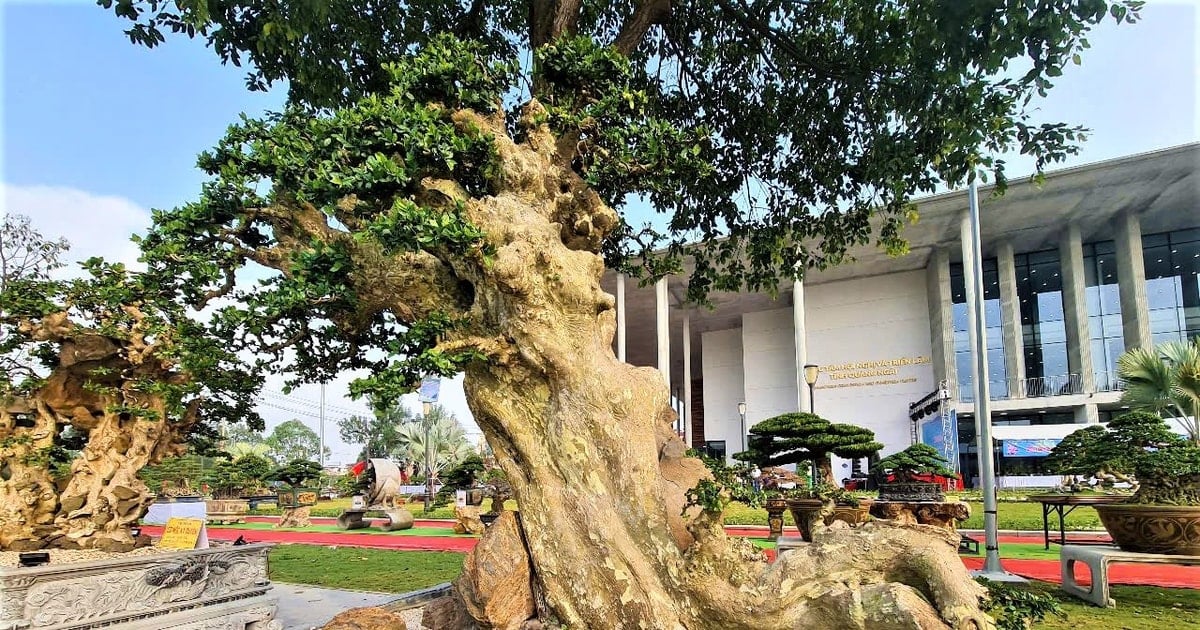

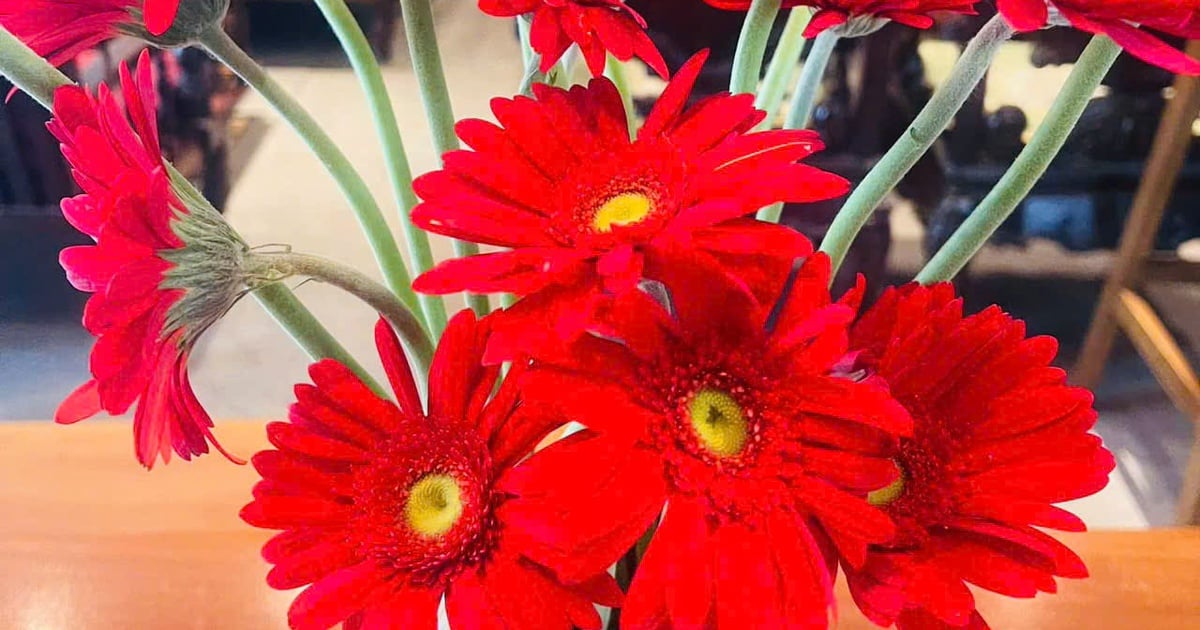

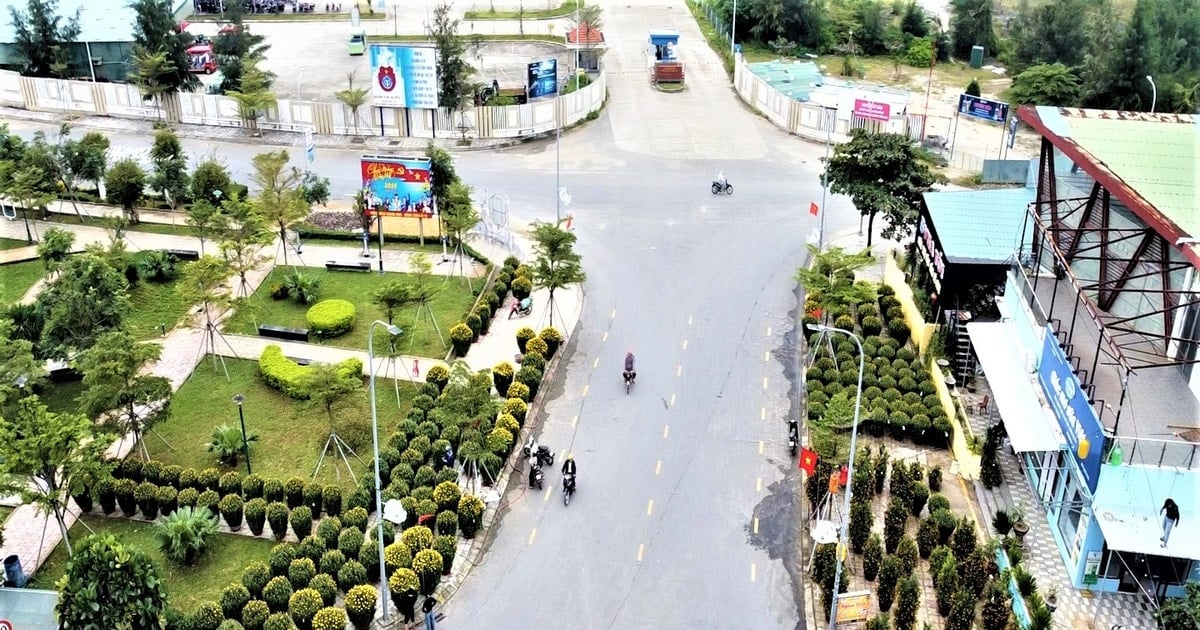
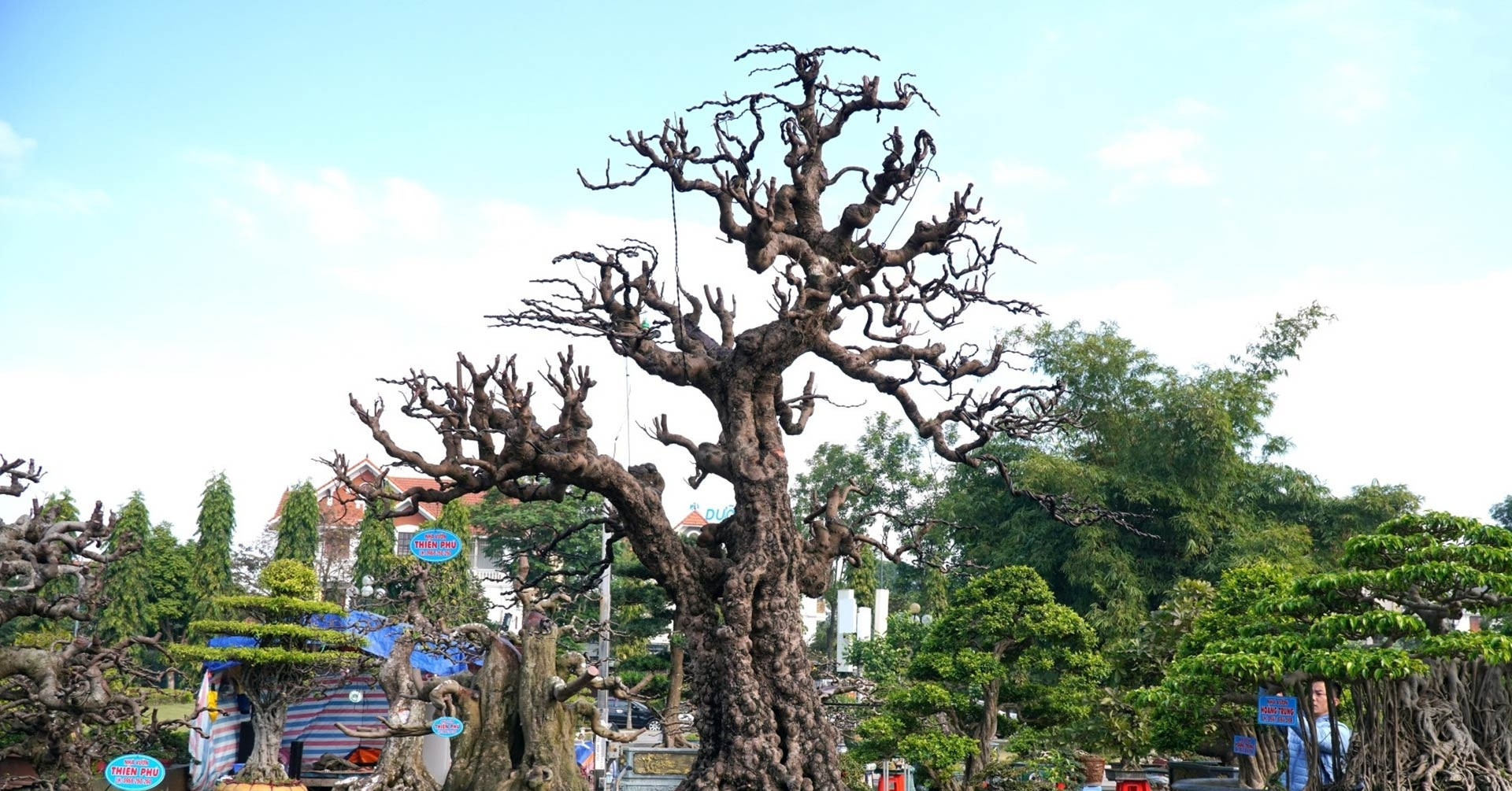
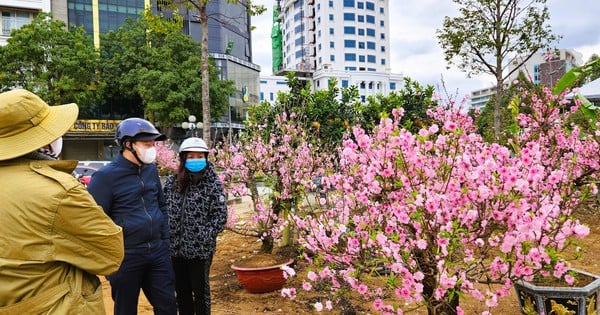

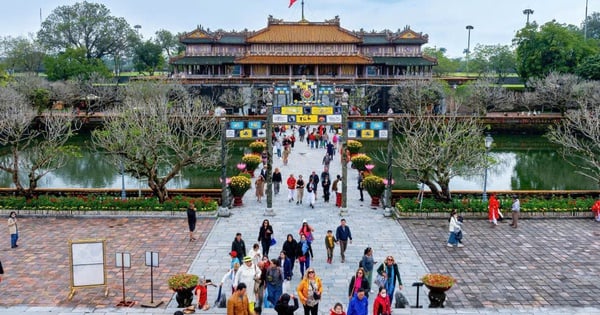













![[Photo] Relatives of victims of the earthquake in Myanmar were moved and grateful to the rescue team of the Vietnamese Ministry of National Defense.](https://vstatic.vietnam.vn/vietnam/resource/IMAGE/2025/4/2/aa6a37e9b59543dfb0ddc7f44162a7a7)
































































Comment (0)